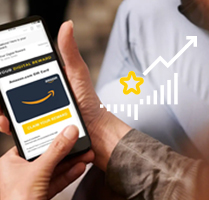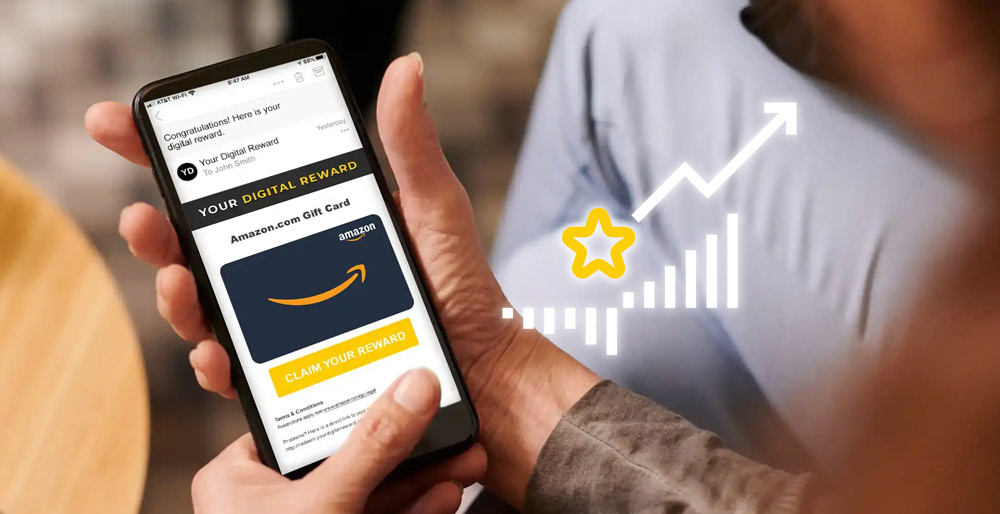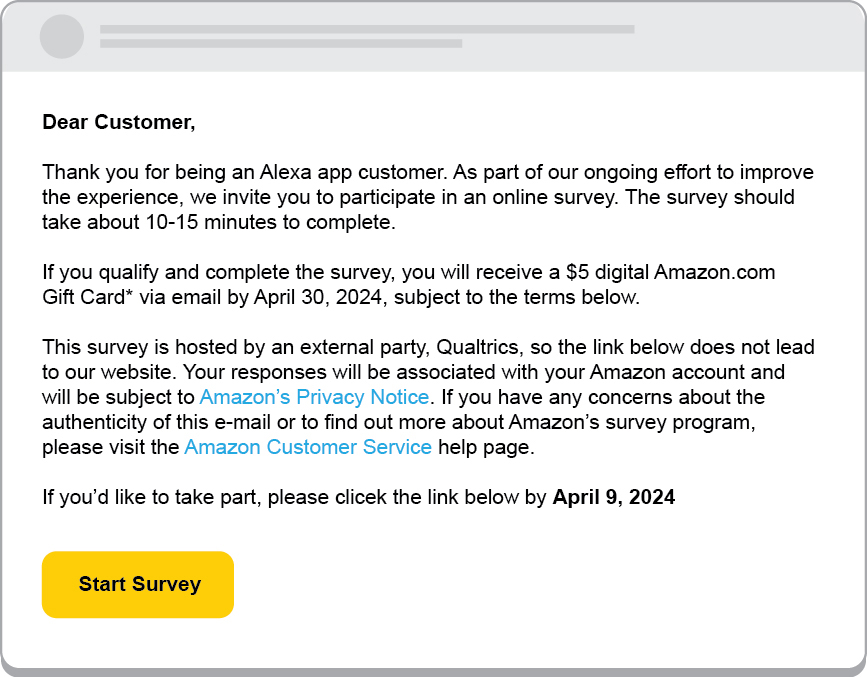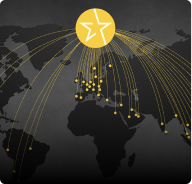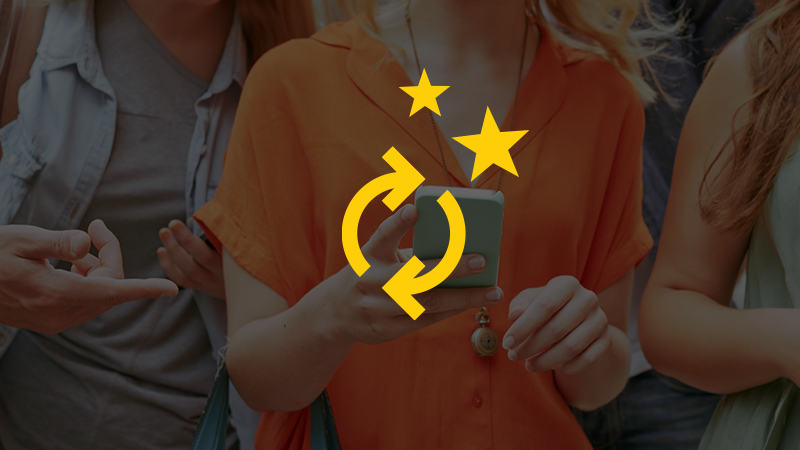
I’ve spent over two decades in the loyalty and rewards space, and for the entirety of my career, one thing has always been true: people love choice. Which is exactly why they love gift cards. And whether you’re building a new loyalty program, or looking to optimize an existing reward platform, you’ll love digital gift cards, too. They’re flexible. High impact. Improve engagement and retention. And maybe best of all, they are a powerful tool to help with speed to first redemption—one of the main tenants of any loyalty program. But you don’t need to take my word for it. The facts prove it out.
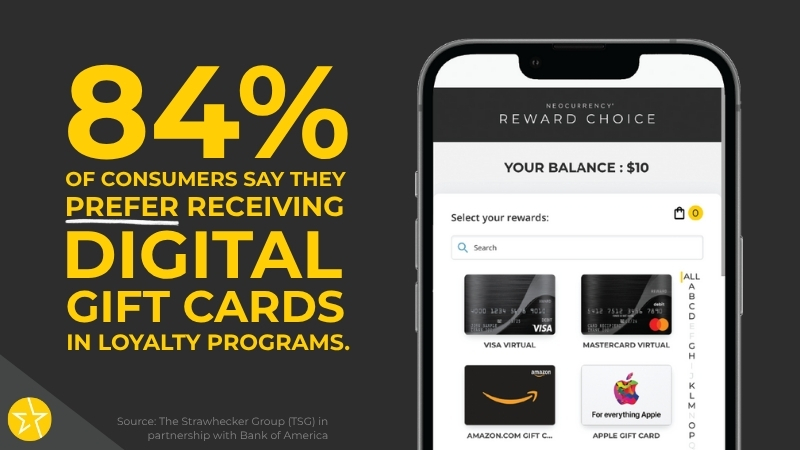
Can digital gift cards boost redemption and engagement rates?
Yes. Redemption is the heartbeat of any loyalty program because that’s when your members feel the benefit of their engagement and participation. Typically, programs that include gift cards see a higher redemption rate than those that don’t for a variety of reasons—they are instant (quick engagement), come in small denominations (easy engagement), and can be customized for each program and demographic (personalized engagement). Which all makes sense, because 84%1 of consumers say they prefer receiving digital gift cards in loyalty programs. Even more proof is the fact programs that include digital gift cards see a measurable lift in engagement and satisfaction as well.

Can digital gift cards enhance flexibility and appeal?
Absolutely. Almost everyone uses gift cards. In fact, 90%2 of consumers use them annually. Oxygen and water may be the only things more universally appealing. Gift cards also cross generational lines—it’s all about the brands you choose. Think about Millenials and Gen Z for example. 75%3 of Millenials have used a digital gift card, the most of any generation. Younger consumers can be a hard-to-reach demographic, but digital gift cards for brands like DoorDash, Apple and Google Play, get right to the heart of their mobile-first, instant-delivery, lifestyle, especially in categories like food delivery, specialty retail and gaming.
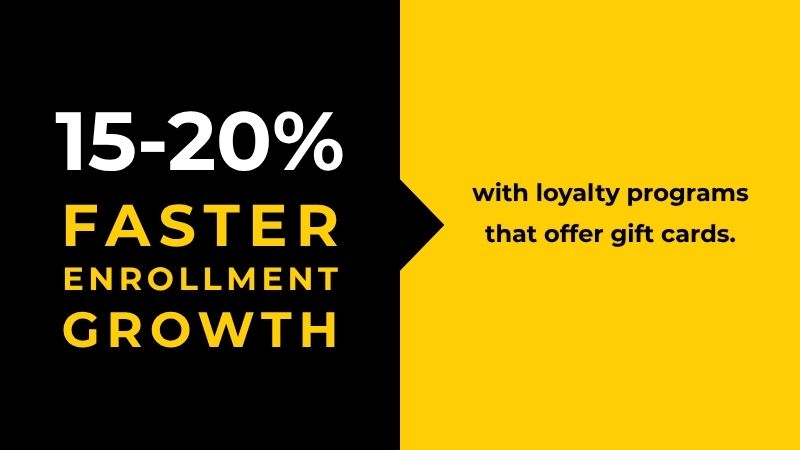
Can digital gift cards accelerate program enrollment and participation?
Of course! Gift cards are an excellent way to increase your member base quickly, and efficiently. Incentives matter. They’re why people sign up. And loyalty programs that offer gift cards see 15-20% faster enrollment growth. Additionally, 74%4 of consumers have taken advantage of gift card loyalty incentives in the past year, and 71% have downloaded a merchant’s app to access rewards programs or gift cards. Clearly, digital gift cards offer an attractive value proposition to get people to sign up.

Can digital gift cards improve member satisfaction and retention?
Again, yes. And for numerous reasons in numerous ways. One gets back to choice (which is why we created Reward Choice). Programs with gift card options usually see higher satisfaction scores with users calling them ‘personalizable.’ They also refer to digital gift cards as ‘valuable’ and ‘easy to use.’ All good things that make people happy. Gift cards are also a fantastic way to reward members for milestones and elevate tiered programs. In fact, 85%5 of consumers are joining loyalty programs. And gift cards are rapidly becoming a key driver of customer loyalty, especially since they can even be leveraged in micro-rewarding (think $2-$5) which is a proven tactic to ensure fast gratification and consistent engagement.
Can digital gift cards simplify and speed up fulfillment?
Absolutely. Digital gift cards are not only instant and global—they’re also far easier to fulfill than physical merchandise or travel rewards. That translates to happier members and less operational stress for program administrators6.
After working with hundreds of brands and building some of the industry’s most innovative gift card reward strategies, I truly believe gift cards are the unsung hero of loyalty programs. They can drive real, measurable results across every stage of the loyalty journey, from enrollment and engagement to retention and revenue. And when you add cash-like options including Mastercard and Visa Prepaid, along with major brands like Amazon, WalMart or Target, plus niche and regional brands that appeal to your audience, there is nothing more powerful than digital gift cards to deliver a successful loyalty program.
If you’d like to know more, reach out to me. Or contact any of our awesome customer service folks at NeoCurrency. And if you’d like to see a full list of our ever-growing portfolio of brands, check out our reward catalog at any time.
— Eric Thiegs
Head of Strategy & Growth, NeoCurrency
(25+ Year Loyalty & Gift Card Expert)
Recommended articles (helpful links)
• The Power of Choosing the Right Gift Card API Provider
• Best Practices for Leveraging Brand Rewards in Promotions










